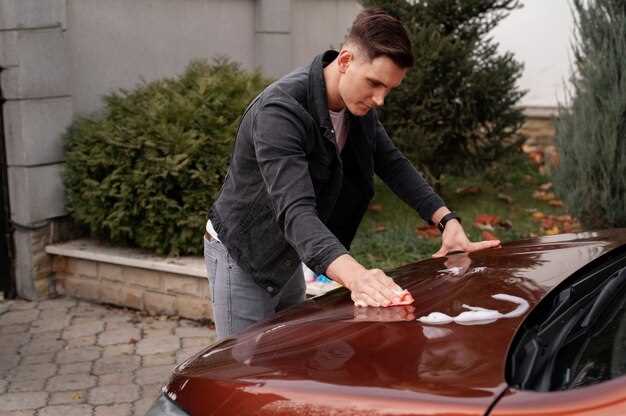
Regular car waxing is an essential aspect of vehicle maintenance that offers numerous advantages to car owners. One of the primary benefits is the enhanced protection it provides for the car’s surface. The wax acts as a barrier against environmental contaminants such as dirt, bird droppings, tree sap, and UV rays, all of which can cause significant damage to the paint over time.
In addition to offering protection, regular waxing helps to preserve the vehicle’s aesthetic appeal. A well-waxed car exhibits a glossy, reflective surface that enhances its overall appearance. This not only raises the market value of the vehicle but also leaves a positive impression on others. Furthermore, a smooth, waxed surface makes it easier to clean the vehicle, reducing the effort required to maintain its pristine condition.
Ultimately, incorporating regular car waxing into your vehicle care routine is a simple yet effective way to ensure long-lasting beauty and protection. This small investment of time and resources can yield significant rewards, enhancing both the longevity of the paintwork and the overall satisfaction with your vehicle.
Improved Paint Longevity Through Protective Coating

Regular waxing of your vehicle not only enhances its appearance but also significantly improves the longevity of the paint. A high-quality wax forms a protective layer on the vehicle’s surface, acting as a barrier against environmental contaminants such as dirt, pollution, and harsh UV rays. This protective coating helps to prevent oxidation, which can lead to fading and deterioration of the paint over time.
When a vehicle’s paint is exposed to the elements without adequate protection, it is susceptible to scratches, swirl marks, and chemical damage. Waxing regularly provides a smooth, hydrophobic surface that repels water and minimizes the accumulation of grime. This makes it easier to clean and maintain the vehicle, further preserving the paint’s integrity.
Moreover, the protective layer created through waxing helps to maintain the paint’s gloss and shine. A waxed surface reflects light more effectively, keeping your vehicle looking new for a longer period. Over time, this not only enhances aesthetic appeal but also contributes to a higher resale value when it comes time to sell or trade in the vehicle.
Investing time in regular waxing is a proactive approach to vehicle care that pays off by extending the lifespan of the paint. This simple process is essential for preserving the quality and appearance of your vehicle for years to come.
Enhancing Shine and Aesthetics with Waxing Techniques
Regular waxing is essential for achieving an impressive shine and enhancing the overall aesthetics of your vehicle. Waxing creates a protective layer on the paint surface, serving as a barrier against environmental contaminants such as dirt, UV rays, and acid rain. This layer not only boosts the shine but also helps maintain the rich color of the paint, ensuring your vehicle looks newer for longer.
Utilizing proper waxing techniques can significantly improve the surface finish of your car. Using high-quality wax products, along with appropriate application methods, enables a smooth and reflective surface. Techniques like using microfibre cloths or foam applicators can ensure an even distribution of the wax, which maximizes its protective properties and aesthetic benefits.
Furthermore, regular waxing can help prevent oxidation and fading caused by sun exposure. This proactive care can maintain the vehicle’s glossy appearance while also preserving its resale value. By investing time in waxing, owners not only enhance their car’s beauty but also contribute to its long-term preservation and protection.
Reducing Environmental Damage with Regular Wax Application

Regular waxing not only enhances the appearance of a vehicle but also plays a crucial role in minimizing environmental damage. The protective layer created by wax prevents harmful elements such as UV rays, bird droppings, tree sap, and acidic rain from directly contacting the car’s paint. This protection helps to maintain the integrity of the vehicle’s surface, reducing the need for frequent repainting, which can involve harmful chemicals and waste.
By extending the lifespan of the paint, regular waxing reduces the frequency of repairs and the associated environmental impacts of manufacturing new paint products. Additionally, a well-maintained vehicle runs more efficiently, contributing to lower emissions over time. Thus, waxing not only protects the vehicle but also supports broader environmental sustainability efforts by diminishing waste and emissions linked to vehicle upkeep.
Ultimately, integrating wax application into routine vehicle care is a proactive approach to reducing environmental damage, ensuring that vehicles remain pristine while also fostering a healthier planet.




